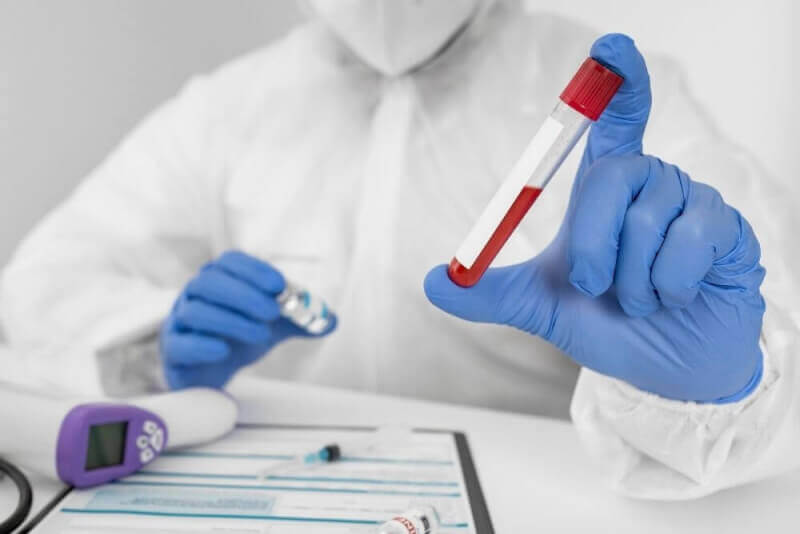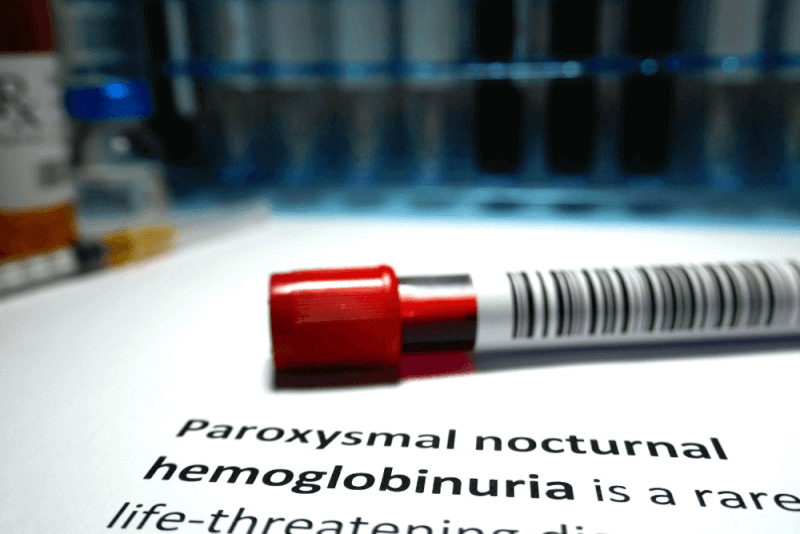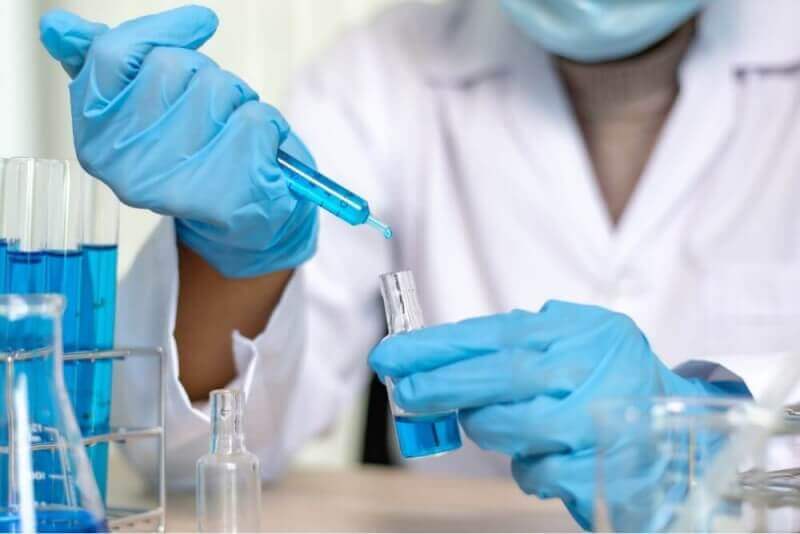What is a coagulation test?
Coagulation literally means coagulation. However, it is not possible to explain the coagulation mechanism completely with a single word. The coagulation mechanism must function properly to ensure the continuity of life.
The system, which is activated in case of injury to the blood vessels, ensures that excess blood outflow from the body is prevented. This ensures that damage from injury is minimized. Some reactions in the coagulation system ensure that blood clots at the site of injury.
The clotting process is an extremely complicated process. If there is any damage to the blood vessels, they first narrow to prevent further blood flow. Subsequently, the cells embedded in the inner wall of the vessels activate many different cells as required by the system.
The activated cells bind tightly to each other and form a plug at the site of injury. This is the first and most important step in clotting. Afterwards, other factors and fibrin networks on the plug strengthen the plug and stop the bleeding. In the last stage, the process of repairing the area from the inside begins.
Coagulation not only prevents the formation of a plug but also prevents the blockage that may occur in the vessel during this process. In this way, the body's balance is restored and the healing process begins. In addition, blood flow continues as it should.
Why is a coagulation test ordered?
The coagulation test is mainly performed to detect coagulation disorders. These disorders can occur at any stage of the clotting process. This health condition can be inherited from the mother and father and can also be seen later in life due to disease.
Thrombocytopenia
Thrombocytopenia is a decrease in the density of platelet cells in the blood. The task of platelet cells is to ensure clotting in the bleeding area. In the case of a decrease in platelet cells, the symptoms are bleeding of varying character, ranging from mild to severe.
Von Willebrand disease
It is a condition in which the Von Wikkebrand factor, one of the proteins that help blood clotting, decreases or fails to function properly. It is a disease that is usually inherited. It usually does not show any symptoms.
Vitamin K deficiency
In case of insufficient vitamin K intake or inability to process vitamin K in the body, many symptoms are observed in the body. These symptoms include easy bruising, blood leakage from the gums and heavy bleeding.
Hemophilia A and Hemophilia B
This disease, characterized by bleeding in the joints and muscles, is caused by factor 8 and 9 deficiency. In the treatment of this rare and hereditary disease, missing clotting factors are injected into the arteries.
What are the normal values for coagulation test?
Coagulation tests involve more than one test. For this reason, normal value ranges differ according to the test applied. Accordingly, normal value ranges are determined as follows.
- Normal values for activated partial thromboplastin time (aPTT) are between 28 and 40 seconds.
- Prothrombin time (PT) normal values are between 10.5 and 14.5 seconds.
- In fibrinogen measurements, normal values are between 200 and 400 mg/dL.
How is the coagulation test performed?
A coagulation test is a test performed before any treatment to determine the patient's tendency to bleed. In this test, all stages of the coagulation process are examined separately.
In order to perform the test, a blood sample must first be taken from the patient. The sample is kept in a suitable tube and labeled with the patient's information until the test is performed. The test must take place immediately after blood collection. Otherwise, errors may occur in the test result.
Blood samples from adults are stored in citrated tubes. After blood collection, the tube must be turned upside down 2 to 3 times. Particular care must be taken not to shake the tube during this process.
The coagulation test can give misleading results. This is because the tests do not fully reflect the system. The sub-tests performed during this test are as follows.
Prothrombin time
It is the most commonly used screening test among coagulation tests. Oral anticoagulants are monitored before the test. In addition to factors 2, 7 and 10, this test also investigates whether fibrinogen and prothrombin are missing in the coagulation test.
Activated partial thromboplastin time
It is the name given to the test used to examine the function of intrinsic pathway and common pathway factors. If any of the factors is missing or fails to fulfill its function, the test values are high.
Thrombin time
In this test, a large amount of thrombin is added to the plasma. The final stage of clotting, which depends on the thrombin added later, is then examined. In this process, fibrinogen must be seen to convert to fibrin. If hepatitis is found in the blood sample, test results may show unexpected changes.
Fibrinogen test
In this test it is possible to add thrombin to the plasma and then measure the clotting time. However, it should be known that fibrinogen levels will be higher in older people, pregnant women and women.
Factors that can affect the results of coagulation tests
Coagulation tests are extremely important in the diagnosis of the disease. For this reason, it is extremely important to get the right results in the tests. In order to prevent this situation, factors that may have a negative impact on the results of the tests should be minimized as much as possible.
Patient history
The patient's medical history has an impact on the test results. The amount of fibrinogen increases especially during pregnancy.
State of the sample
One of the most important points for a positive test result is the condition of the sample used. For this, there is a high probability that the result will be inaccurate if the sample is pure or if there is any external contamination.
Blood collection time
The food and beverages consumed during the day, as well as the activities performed, cause the coagulation system to be affected. For this reason, the timing of the sample to be taken for testing is important. In order to get the right result, patients must first fast for 10-12 hours. In addition, the best time for blood collection is early in the morning. Patients should not smoke, drink tea or coffee during fasting.
Medicines used
The medication used can also affect the test results. For this reason, the doctor should be informed about the medications the patient is taking on a regular basis before the test.
Body weight and muscle tissue
Greater body weight or muscle tissue can cause molecules to test at higher levels. For this reason, it is not always possible to reach the right conclusion based solely on the test results.
Bacterial contamination
If the samples are contaminated by bacteria, it is possible that the results will be inaccurate. For this reason, the sample must not be contaminated from outside.







